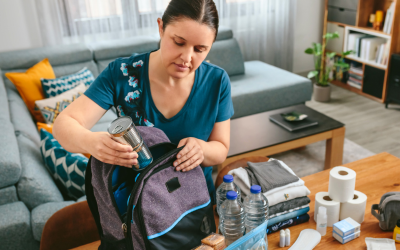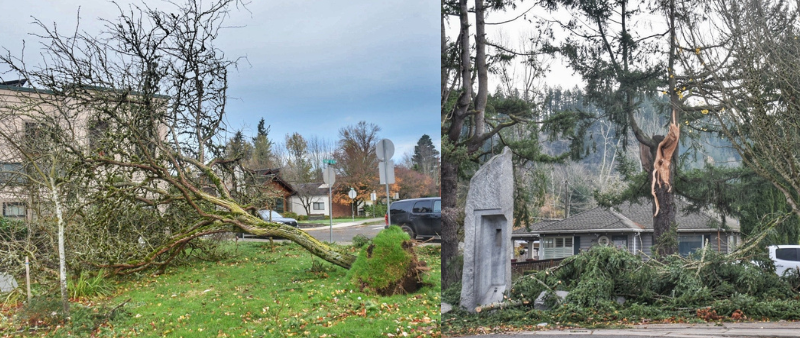Safeguarding Tomorrow: Building a Disaster Supply Kit for any Scenario

Recent severe weather in Washington served as a stark reminder of how quickly conditions can change. When an atmospheric river swept through the region, it caused rivers to overflow, homes to flood, roads to close, and emergency water rescues to take place. While the Pacific Northwest is known for its stunning mountains, tranquil waterways, and lush landscapes, these same features can also create significant risks during natural disasters. Preparing ahead — rather than waiting until a crisis strikes — is essential. In the hurried confusion, you will likely miss important items as you prepare your home or leave to seek shelter.
Although disasters differ, your first defense is a disaster supply kit in an easily accessible place—including enough supplies to last at least 72 hours. Keep items needed for an evacuation in an easy-to-carry container, like a backpack or large covered trash container. At home, stock the following:
- Water – Store one gallon of water per person, per day. To remain fresh, water should be changed every three months. Store it in plastic containers, avoiding those that will decompose or break.
- Food – Store at least a three-day supply of food. Canned vegetables and fruit, packaged crackers, granola bars, and other dry foods are best. You may need extra water if the dried foods (such as soups) need to be mixed with water.
- First-aid – Have two first-aid kits—one for your home and the other for your car.
- Clothing and bedding – Pack at least one complete change of clothing and footwear per person. Include sturdy shoes, rain gear, blankets and sleeping bags.
- Tools and emergency supplies – Include paper plates, cups, and utensils; an emergency preparedness manual; a mechanically powered diode flashlight (never requires batteries); a mechanically powered portable radio; cash or traveler's checks; a nonelectric can opener and utility knife; a roll of duct tape; two-way walkie-talkies or a CB radio; matches in a waterproof container; toilet paper and liquid soap; and personal hygiene items.
- Special items – Remember family members with special needs, such as infants, elderly or disabled individuals, and pets. Babies will need formula, bottles, and diapers, while adults may require prescription medications, dentures and eyeglasses. Your pets will also need food and water, and make sure they have identifying tags. Place important documents like wills and insurance policies in waterproof and portable containers.
In addition to assembling a disaster supply kit, you can prepare for emergencies by learning critical life-saving skills like CPR, first aid and bleeding control.

Note: This article was first published in November 2024 and updated in December 2025.








